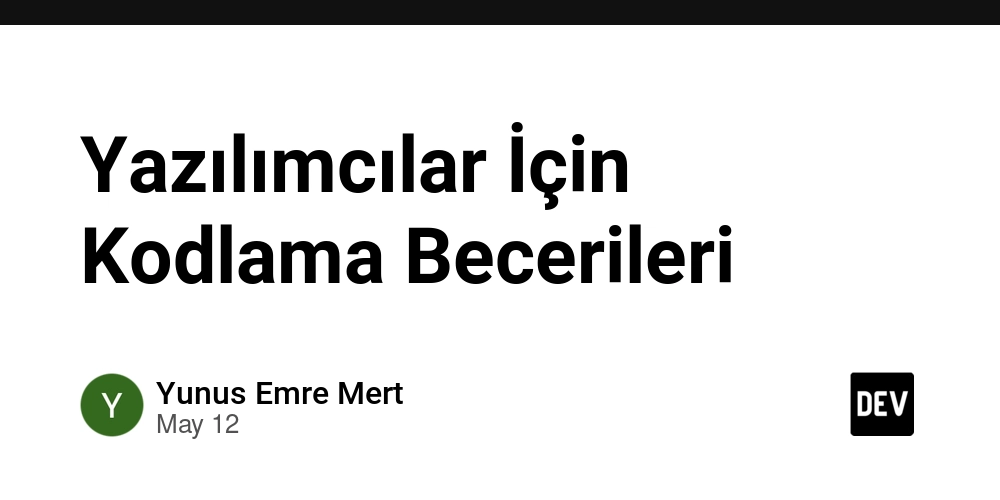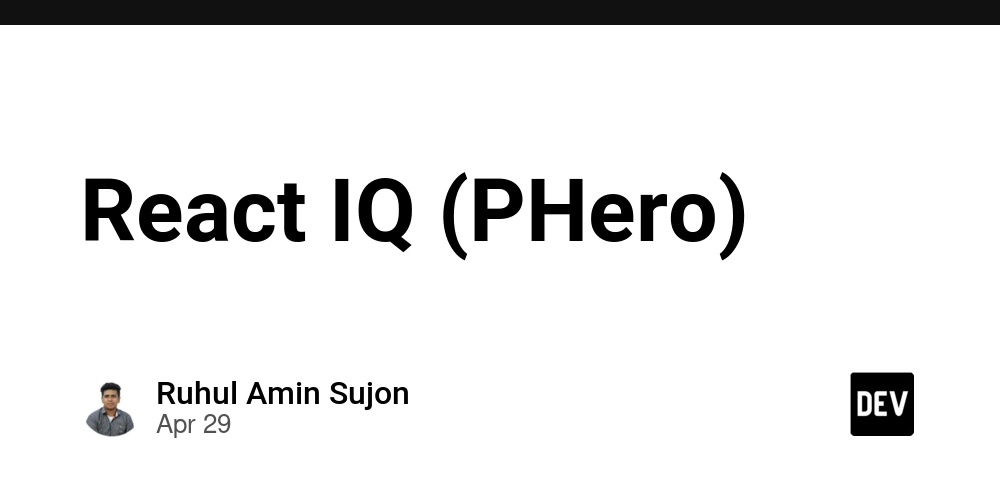How to Accurately Calculate Overlapping Ticket Time in SQL
When dealing with overlapping time periods, especially in ticket management systems, getting an accurate count of overlapping hours can be a challenge. In this article, we’ll explore how to modify your existing SQL query to accurately calculate the total overlapping time of tickets without exceeding 24 hours. We will delve into the logic behind overlapping time calculations, and offer a refined SQL solution using the Common Table Expressions (CTEs) approach you've provided. Understanding the Overlapping Time Problem The issue arises when tickets create overlapping time periods. If we don’t account for overlaps properly, sums can improperly exceed the actual duration—even up to 24 hours—when tickets are reported within a single day. In your current setup, two tickets that fully overlap get counted multiple times in the total overlap calculation. To accurately calculate the total overlapping time, we need to refine how we determine which portions of the time frames overlap and ensure we only count them once. Revised SQL Query Structure To address this issue effectively, we can change the way we calculate and aggregate the overlapping time by creating additional filtering and adjustments in our SQL query: WITH tickets AS ( SELECT o.SSTID, o.Open_Id, o.Createddatetime AS openTime, c.Createddatetime AS closeTime FROM dbo.Close_ticket c INNER JOIN dbo.Openticket o ON o.SSTID = c.SSTID AND c.Open_ID = o.Open_Id ), overlapping AS ( SELECT t1.SSTID, GREATEST(t1.openTime, t2.openTime) AS overlapStart, LEAST(t1.closeTime, t2.closeTime) AS overlapEnd FROM tickets t1 JOIN tickets t2 ON t1.SSTID = t2.SSTID WHERE t1.openTime < t2.closeTime AND t2.openTime < t1.closeTime ) SELECT SSTID, SUM(DATEDIFF(HOUR, overlapStart, overlapEnd)) as [TotalOverLappingTime] FROM overlapping WHERE overlapStart < overlapEnd GROUP BY SSTID; Explanation of the Revised Query CTE (Common Table Expression) for Tickets: This part remains unchanged and still selects open and close times from Open_ticket and Close_ticket tables. Finding Overlaps: The overlapping CTE calculates the start and end of overlaps using GREATEST() and LEAST() SQL functions. This ensures each overlapping interval is correctly defined by the maximum of the two open times and the minimum of the two close times. Calculating Total Overlapping Time: Finally, we sum the duration of each valid overlap using DATEDIFF(), only including those intervals where overlapStart is earlier than overlapEnd. Frequently Asked Questions What does the GREATEST() function do? The GREATEST() function returns the largest value among its arguments, which helps identify the start of overlapping times between two tickets. What does the LEAST() function do? The LEAST() function does the opposite of GREATEST(), returning the minimum value, which helps determine where the overlapping ends. How does this prevent counting exceeding hours? By ensuring we only collect overlapping segments once using a combination of GREATEST() and LEAST(), we prevent double counting any hours of overlap across multiple tickets, thus providing a more accurate representation of time spent. Conclusion By following this improved SQL structure, you'll achieve a reliable calculation of overlapping ticket time. Establishing distinct start and end moments for each overlap prevents excessive hour sums, giving you a precise measure of truly overlapping periods. Get started with this optimized query and experience the difference in accuracy!

When dealing with overlapping time periods, especially in ticket management systems, getting an accurate count of overlapping hours can be a challenge. In this article, we’ll explore how to modify your existing SQL query to accurately calculate the total overlapping time of tickets without exceeding 24 hours. We will delve into the logic behind overlapping time calculations, and offer a refined SQL solution using the Common Table Expressions (CTEs) approach you've provided.
Understanding the Overlapping Time Problem
The issue arises when tickets create overlapping time periods. If we don’t account for overlaps properly, sums can improperly exceed the actual duration—even up to 24 hours—when tickets are reported within a single day. In your current setup, two tickets that fully overlap get counted multiple times in the total overlap calculation.
To accurately calculate the total overlapping time, we need to refine how we determine which portions of the time frames overlap and ensure we only count them once.
Revised SQL Query Structure
To address this issue effectively, we can change the way we calculate and aggregate the overlapping time by creating additional filtering and adjustments in our SQL query:
WITH tickets AS (
SELECT o.SSTID, o.Open_Id, o.Createddatetime AS openTime, c.Createddatetime AS closeTime
FROM dbo.Close_ticket c
INNER JOIN dbo.Openticket o ON o.SSTID = c.SSTID AND c.Open_ID = o.Open_Id
),
overlapping AS (
SELECT t1.SSTID,
GREATEST(t1.openTime, t2.openTime) AS overlapStart,
LEAST(t1.closeTime, t2.closeTime) AS overlapEnd
FROM tickets t1
JOIN tickets t2 ON t1.SSTID = t2.SSTID
WHERE t1.openTime < t2.closeTime AND t2.openTime < t1.closeTime
)
SELECT SSTID, SUM(DATEDIFF(HOUR, overlapStart, overlapEnd)) as [TotalOverLappingTime]
FROM overlapping
WHERE overlapStart < overlapEnd
GROUP BY SSTID;
Explanation of the Revised Query
-
CTE (Common Table Expression) for Tickets: This part remains unchanged and still selects open and close times from
Open_ticketandClose_tickettables. -
Finding Overlaps: The
overlappingCTE calculates the start and end of overlaps usingGREATEST()andLEAST()SQL functions. This ensures each overlapping interval is correctly defined by the maximum of the two open times and the minimum of the two close times. -
Calculating Total Overlapping Time: Finally, we sum the duration of each valid overlap using
DATEDIFF(), only including those intervals whereoverlapStartis earlier thanoverlapEnd.
Frequently Asked Questions
What does the GREATEST() function do?
The GREATEST() function returns the largest value among its arguments, which helps identify the start of overlapping times between two tickets.
What does the LEAST() function do?
The LEAST() function does the opposite of GREATEST(), returning the minimum value, which helps determine where the overlapping ends.
How does this prevent counting exceeding hours?
By ensuring we only collect overlapping segments once using a combination of GREATEST() and LEAST(), we prevent double counting any hours of overlap across multiple tickets, thus providing a more accurate representation of time spent.
Conclusion
By following this improved SQL structure, you'll achieve a reliable calculation of overlapping ticket time. Establishing distinct start and end moments for each overlap prevents excessive hour sums, giving you a precise measure of truly overlapping periods. Get started with this optimized query and experience the difference in accuracy!










































































































































































![[The AI Show Episode 146]: Rise of “AI-First” Companies, AI Job Disruption, GPT-4o Update Gets Rolled Back, How Big Consulting Firms Use AI, and Meta AI App](https://www.marketingaiinstitute.com/hubfs/ep%20146%20cover.png)





























































































































![[DEALS] Internxt Cloud Storage Lifetime Subscription: 10TB Plan (88% off) & Other Deals Up To 98% Off – Offers End Soon!](https://www.javacodegeeks.com/wp-content/uploads/2012/12/jcg-logo.jpg)


![Ditching a Microsoft Job to Enter Startup Purgatory with Lonewolf Engineer Sam Crombie [Podcast #171]](https://cdn.hashnode.com/res/hashnode/image/upload/v1746753508177/0cd57f66-fdb0-4972-b285-1443a7db39fc.png?#)














































































































































































































































![[Fixed] Gemini 2.5 Flash missing file upload for free app users](https://i0.wp.com/9to5google.com/wp-content/uploads/sites/4/2025/03/google-gemini-workspace-1.jpg?resize=1200%2C628&quality=82&strip=all&ssl=1)


![As Galaxy Watch prepares a major change, which smartwatch design to you prefer? [Poll]](https://i0.wp.com/9to5google.com/wp-content/uploads/sites/4/2024/07/Galaxy-Watch-Ultra-and-Apple-Watch-Ultra-1.jpg?resize=1200%2C628&quality=82&strip=all&ssl=1)











![Apple M4 MacBook Air Hits New All-Time Low of $824 [Deal]](https://www.iclarified.com/images/news/97288/97288/97288-640.jpg)
![An Apple Product Renaissance Is on the Way [Gurman]](https://www.iclarified.com/images/news/97286/97286/97286-640.jpg)
![Apple to Sync Captive Wi-Fi Logins Across iPhone, iPad, and Mac [Report]](https://www.iclarified.com/images/news/97284/97284/97284-640.jpg)
![Apple M4 iMac Drops to New All-Time Low Price of $1059 [Deal]](https://www.iclarified.com/images/news/97281/97281/97281-640.jpg)









































![Apple's 11th Gen iPad Drops to New Low Price of $277.78 on Amazon [Updated]](https://images.macrumors.com/t/yQCVe42SNCzUyF04yj1XYLHG5FM=/2500x/article-new/2025/03/11th-gen-ipad-orange.jpeg)
























































